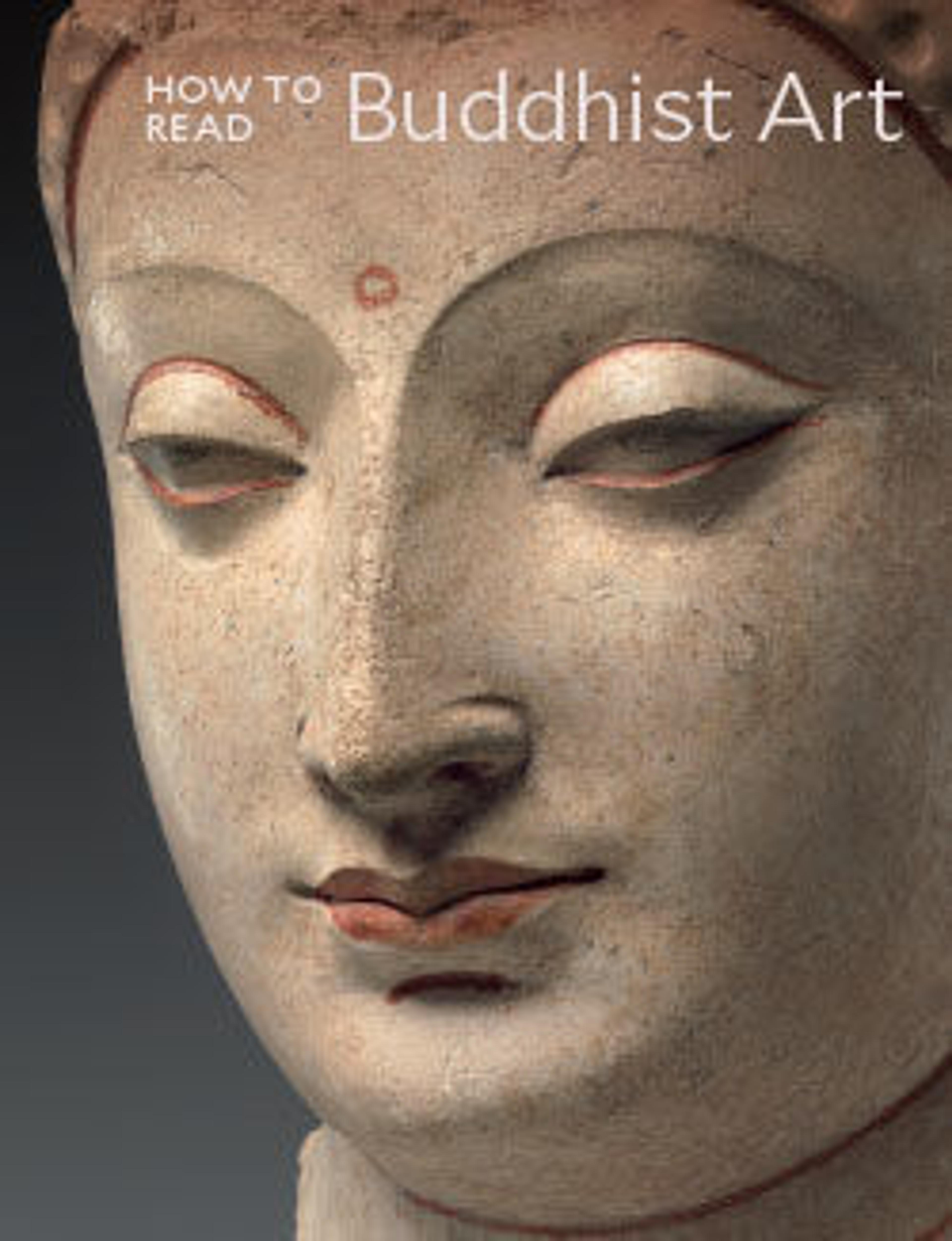Portrait of Xuanzang (Genjō) with Attendant
The Chinese monk Xuanzang (602–664), known as Genjō in Japan, translated a major body of Buddhist scripture from Sanskrit into Chinese. In Japan, he was honored as patriarch of the Hossō (Chinese: Faxiang) sect, and this painting would have been displayed by its monastic owners to validate the lineage and authority of their temple. Both Xuanzang’s mission to transmit the teachings and the painting that authenticates this transmission testify to the importance of lineage in Buddhist sects. Lineage is equally significant in the transmission of art and craft techniques in Japan, demonstrating a kinship between religious and artistic paradigms. Here, Xuanzang is depicted with an Indian acolyte, a reference to his travels to India in search of Buddhist teachings. The monk’s features are portrayed in taut “iron wire” lines derived from a Tang dynasty (618–907) representational mode used to connote venerable status.
Artwork Details
- 伝春日基光筆 玄奘三蔵像
- Title: Portrait of Xuanzang (Genjō) with Attendant
- Artist: In the Style of Kasuga Motomitsu (Japanese, active early 11th century)
- Period: Kamakura period (1185–1333)
- Date: 14th century
- Culture: Japan
- Medium: Hanging scroll; ink and color on silk
- Dimensions: Image: 48 3/4 x 29 1/4 in. (123.8 x 74.3 cm)
Overall with mounting: 87 1/2 x 37 1/2 in. (222.3 x 95.3 cm)
Overall with knobs: 87 1/2 x 39 1/2 in. (222.3 x 100.3 cm) - Classification: Paintings
- Credit Line: H. O. Havemeyer Collection, Gift of Horace Havemeyer, 1929
- Object Number: 29.160.29
- Curatorial Department: Asian Art
More Artwork
Research Resources
The Met provides unparalleled resources for research and welcomes an international community of students and scholars. The Met's Open Access API is where creators and researchers can connect to the The Met collection. Open Access data and public domain images are available for unrestricted commercial and noncommercial use without permission or fee.
To request images under copyright and other restrictions, please use this Image Request form.
Feedback
We continue to research and examine historical and cultural context for objects in The Met collection. If you have comments or questions about this object record, please complete and submit this form. The Museum looks forward to receiving your comments.
